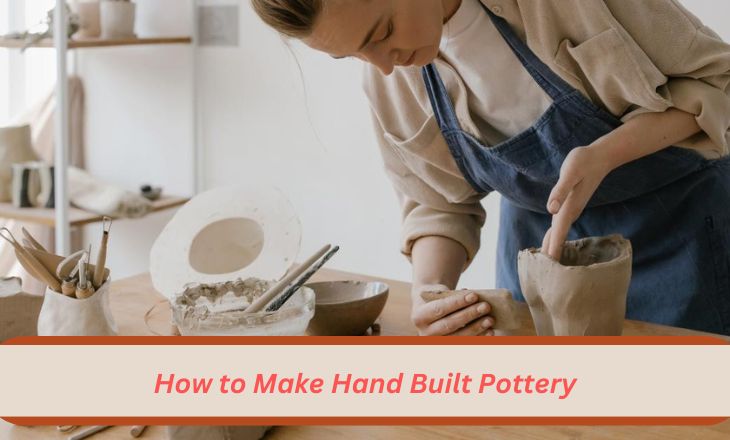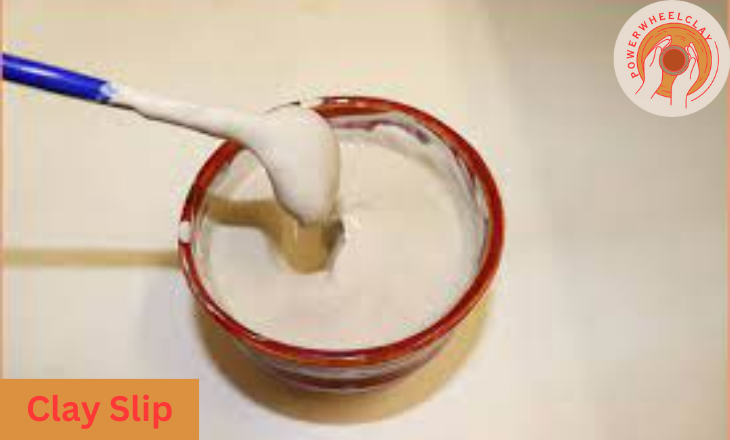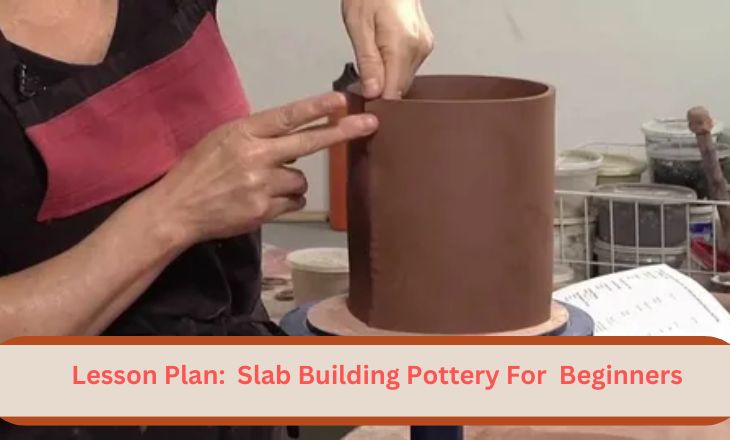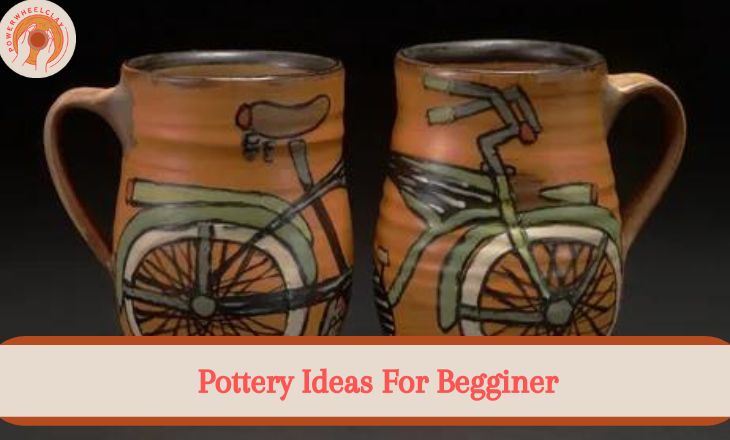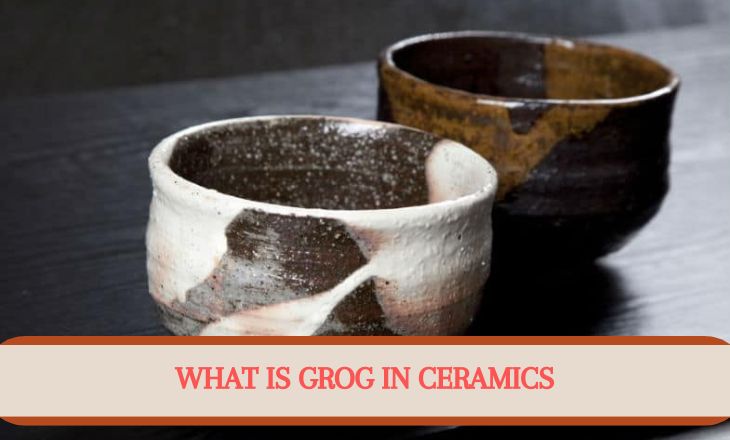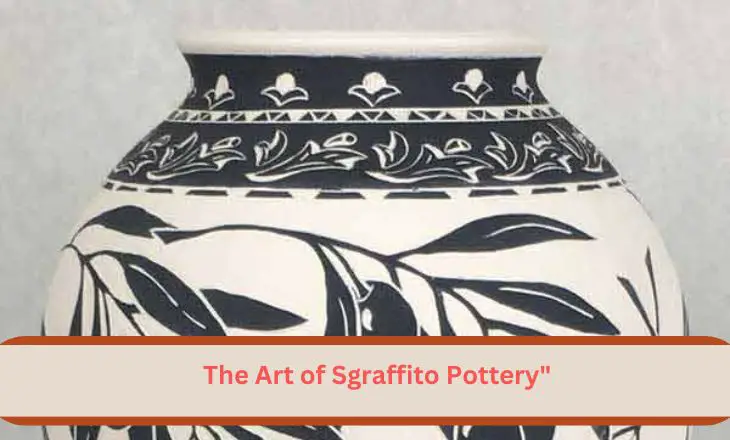How to Make Hand Built Pottery
In a world dominated by mass-produced goods, the art of hand building pottery stands as a testament to timeless craftsmanship and creativity. Imagine molding raw clay with your own hands, shaping it into vessels that bear the marks of your individual touch. Hand built pottery offers a deeply rewarding experience that connects you to both ancient traditions and modern artistic expression.
Learning how to make handbuilt pottery opens up a world of possibilities for creating unique pieces that reflect your personal style. From pinch pots and coil construction to slab building techniques, each method offers its own challenges and rewards. We will discuss the intricate process of transforming humble clay into beautiful works of art through the age-old practice of hand building pottery.
What Tools Are Required for Hand Built Pottery?
For hand building pottery, the following tools are essential:
For hand-built pottery, the tools you choose are as personal and varied as the pieces you create. A ware board or puki can assist in shaping your clay, but don’t be afraid to forgo them and embrace the organic feel of working directly with your hands. Plastic bags can be useful for keeping clay moist, while a water bowl is essential for adjusting the consistency of your material. Experiment with different tools like wire clay cutters and knives to achieve unique textures and shapes in your work.
For finishing touches, consider using ribs, rolling pins, or even something as simple as a hand towel or sponge to smooth out imperfections. Every tool has its purpose in the creative process; a hard-edged scraping tool can add intricate details or clean up edges with precision. Remember that the beauty of hand-built pottery lies not only in the final product but also in the intimate connection between artist and medium that is nurtured through these basic yet versatile tools.
These tools are available from various sources, including pottery supply stores like The Ceramic Shop and online retailers like DiamondCore Tools.
Best Clay for Hand Building Pottery
When selecting the best clay for hand building pottery, consider opting for stoneware clays that have a higher firing temperature. These clays are known for their durability and ability to hold intricate details, making them ideal for sculptural pieces or functional objects like mugs and bowls. Additionally, stoneware clays tend to have excellent thermal shock resistance, meaning they can withstand rapid temperature changes without cracking or breaking.
Another option to explore is porcelain clay, renowned for its smooth texture and pure white finish when fired. Porcelain clay is favored by many artists for its versatility in hand pottery techniques, allowing for delicate forms and intricate designs. Keep in mind that porcelain can be less forgiving than stoneware due to its tendency to warp during drying and firing, so attention to detail is key when working with this exquisite material.
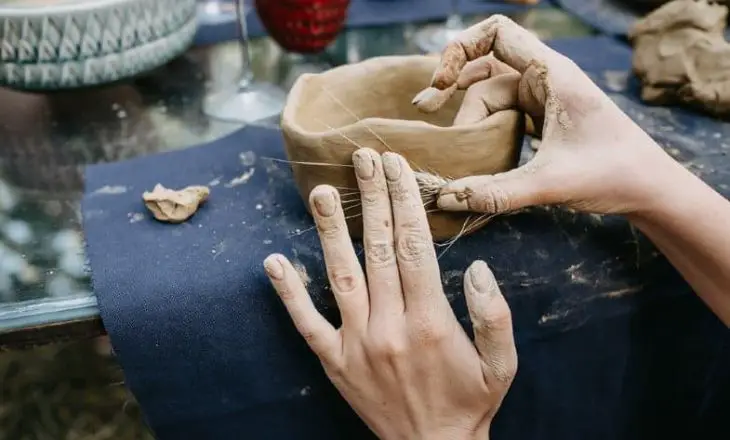
Here are some key points to consider:
Dryer Clay:
Dryer clay, also known as air-dry clay, is renowned for its versatility and ease of use in hand building pottery. Traditional clay requires firing in a kiln, while dryer clay hardens simply by drying in the open air. This makes it an excellent choice for beginners or those without access to specialized equipment. Despite its name, dryer clay actually contains water-based binders that evaporate during the drying process, resulting in a durable and solid finished product.
One of the key advantages of using dryer clay is its accessibility and convenience. With no need for a kiln or special firing techniques, artists can easily create pottery pieces at home or in any setting with good ventilation. The affordability of dryer clay makes it an attractive option for those on a budget or looking to experiment with new techniques without committing to expensive materials.
Higher Temper:
Choosing the right type of clay is crucial for achieving the desired results. One of the best clays for hand building pottery is Higher Temper clay, known for its high firing temperature and excellent durability. This type of clay can withstand higher kiln temperatures, making it perfect for creating functional pieces such as dinnerware and vases that need to be durable and long-lasting.
Higher temper clay also offers a smooth texture and minimal shrinkage during the firing process, making it easier to work with and shape into intricate designs. This type of clay has a wide range of color options available, allowing artists to experiment with different finishes and glazes to enhance their creations. Overall, Higher Temper clay is a preferred choice among experienced potters who value quality and durability in their handmade pottery pieces.
Hand Building Techniques
The following hand building techniques are used to make pottery items:
Slab Pottery
Slab pottery is a versatile and accessible hand-building technique that allows for the creation of a wide range of shapes and forms. It is a versatile hand building technique that offers endless possibilities for creative expression. By rolling out flat sheets of clay, artists can construct various forms such as plates, bowls, and vases with clean lines and sharp angles. The precise nature of slab construction allows for intricate designs and textures to be easily incorporated into the final piece.
One of the key advantages of slab pottery is the ability to create larger pieces that may be challenging to achieve through other hand-building methods. This technique also lends itself well to experimentation with surface decoration techniques such as carving, stamping, and painting. Slab pottery provides artists with a great deal of control over the thickness and shape of their creations, resulting in beautifully crafted pieces that showcase both skill and creativity.

One of the appealing aspects of working with slab pottery is the opportunity to experiment with surface textures. Experimenting with different combinations of texture methods can lead to surprising results and innovative designs that set your work apart from conventional ceramics.
Pinch Pots
A pinch pot is a type of hand-built pottery that involves shaping a lump of clay into a pot without any joints. It is a timeless and versatile hand building technique in pottery that allows for endless creative possibilities. By simply pinching and shaping a ball of clay with your fingers, you can create unique and organic forms that showcase the natural textures and imperfections of the material.
One key advantage of creating pinch pots is the direct connection between the artist’s hands and the clay, allowing for a more intimate and personal relationship with the final piece. It is a truly tactile experience that encourages experimentation and spontaneity in design. Through this process, each pinch pot becomes a one-of-a-kind creation, reflecting the individuality and artistic vision of its maker.
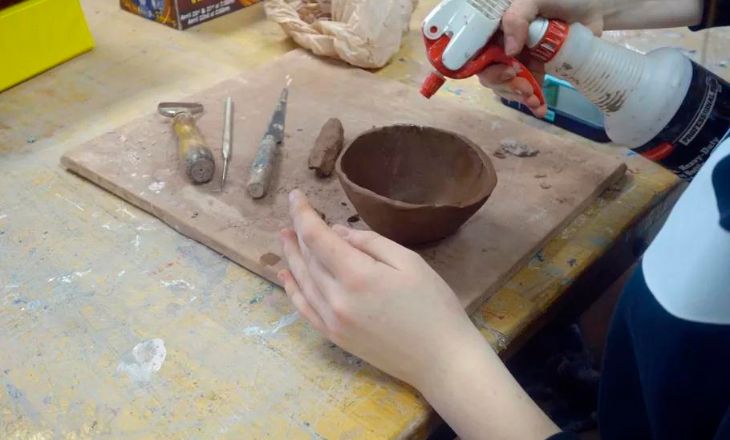
The pinching and finishing techniques for a pinch pot are similar to those used for a coil pot, so it is essential to check out those instructions as well.
Coil Pots
Coil pots are a versatile and popular form of hand-built pottery that allows for the creation of almost any imaginable shape, from functional vessels to intricate sculptures.
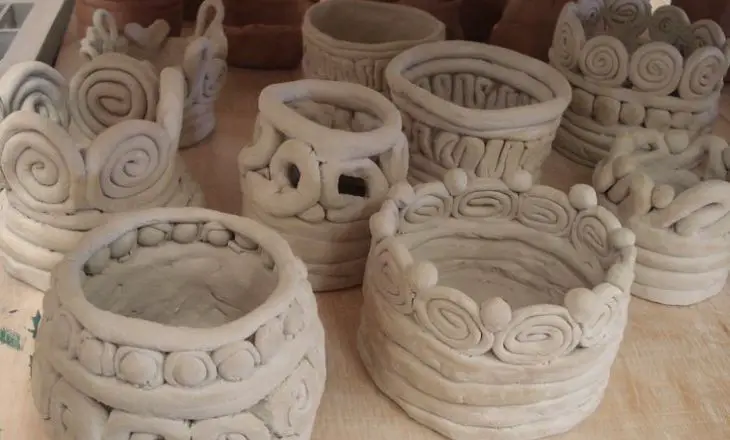
One of the oldest hand-building techniques in pottery, coil pots have a long history of being created by various cultures around the world. By rolling out coils of clay and stacking them on top of each other, potters can create unique and intricate designs that showcase their creativity and skill. Unlike other hand-building techniques like pinch pottery or slab construction, coil pots offer a sense of fluidity and freedom in form.
One interesting aspect of coil pots is the versatility they offer in terms of shape and size. From small, delicate vessels to large, sculptural pieces, artists can experiment with different forms and structures using this technique. The process of creating coil pots allows for a hands-on approach that encourages tactile exploration and direct manipulation of the clay.
This process of adding coils, pinching, scraping, and smoothing is repeated until the pot reaches the desired height. Finally, the rim is trimmed even with a knife or wire, and the surface is gently smoothed with wet fingers.
Other Hand Building Methods
One lesser-known hand-building method is Nerikomi, originating from Japan. This intricate technique involves layering different colored clay to create stunning patterns and designs. By carefully slicing through the layers, unique marbled patterns emerge, making each piece truly one-of-a-kind.
One such technique is the “paddle and anvil” method, commonly used in the western portion of the American Southwest and other parts of the world. This method of pot building through paddling and thinning offers a unique blend of strength and craftsmanship that sets it apart from conventional techniques. The combination of the wooden paddle on the outside and the stone or ceramic anvil on the inside creates a dynamic process that not only shapes but fortifies the clay vessel.
By utilizing this technique, potters can achieve a level of control over the final product that extends beyond mere aesthetics. The strategic application of force during paddling influences not just the shape but also the structural integrity of the piece.
Conclusion
Hand built pottery offers endless possibilities for creativity and expression. The diverse range of techniques available allows artists to explore and experiment with different methods of shaping clay. Whether creating simple vessels or intricate sculptures, hand-building provides a unique and personal touch to each piece.
Through the process of shaping and molding clay by hand, unique and personalized pieces can be crafted that showcase individual style and skill. By combining various techniques, artists can push the boundaries of traditional pottery and create truly innovative works of art.
FAQs
What are the Techniques of Handmade Pottery?
The three main techniques of handmade pottery are pinching, coiling, and slab building. Pinching involves shaping a ball of clay with the fingers to create a pot, coiling involves building up walls by adding rolls of clay, and slab building uses flat slabs of clay that are cut and joined together.
What is the Basic Tool in Pottery?
The basic tools in pottery include a sponge, needle tool, fettling knife, wooden trim knife, rib, and trimming tool. These tools are essential for various pottery methods, such as hand building, wheel throwing, and sculpting, and are used for tasks like trimming, scoring, and smoothing clay.
What Clay to Use for Hand Building?
For hand building, it is recommended to use earthenware or stoneware clay with added grog, as these clays are more plastic and strong, making them easier to work with. Porcelain clay can also be used, but it may be more challenging for beginners due to its lower plasticity.
